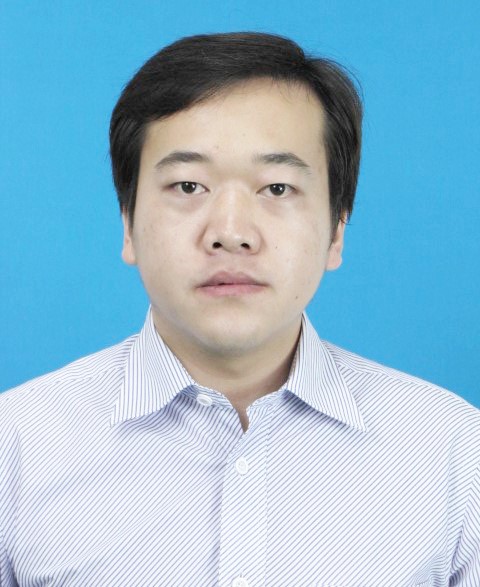
Dr. Yongfu Sun is the full professor of materials chemistry in University of Science & Technology of China (USTC). He received his BSc from Anhui University in 2006 and PhD from USTC in 2011. After two-year postdoctoral research in National Synchrotron Radiation Laboratory, he started his independent research career at Hefei National Laboratory for Physical Sciences at Microscale, USTC since July 2013.
He pioneered the use of 2D materials to promote the photo/electrocatalytic efficiencies of water splitting and CO2 reduction. His outstanding research endows the support by “Fok Ying-Tong Education Foundation for Young Teachers in the Higher Education Institutions of China” in 2018, “Changjiang Young Scholars” of the Ministry of Education in 2016, “National Science Foundation of China for Excellent Young Scholars” in 2014, and “New Century Excellent Talent” of the Ministry of Education in 2013. Also he wins several prestigious awards including Chinese Chemical Society Prize for Young Scientists (2016), Young Cutting-Edge Nanochemistry Researcher Award by Chinese Chemical Society (2016), USTC President Award for Outstanding Research Achievements (2016), Lu Jiaxi Young Scientists Award by the Chinese Academy of Sciences (2015) and Excellent Doctoral Dissertation Prize of Anhui Province (2014). Some of his work was selected as “China’s top 10 scientific advance in 2016”, “China’s Top One Hundred Most Influential International papers in 2016” and "Major Achievements on the Huge Basic Infrastructure of Science and Technology" by the Chinese Academy of Sciences in 2012.
Dr. Yongfu Sun has published more than 60 scientific papers in international journals, including more than 25 in top journals such as Nature, Nature Energy, Nature Commun., J. Am. Chem. Soc., Angew. Chem. Int. Ed., Adv. Mater., Adv. Energy Mater., and Joule as the first and corresponding author. He has been invited to contribute 3 review articles for top international journals such as Chem. Soc. Rev. and Acc. Chem. Res. His publications have been extensively cited by more than 5400 times with an H index of 36, 13 of which have been selected as the Top 1% ESI highly cited papers.